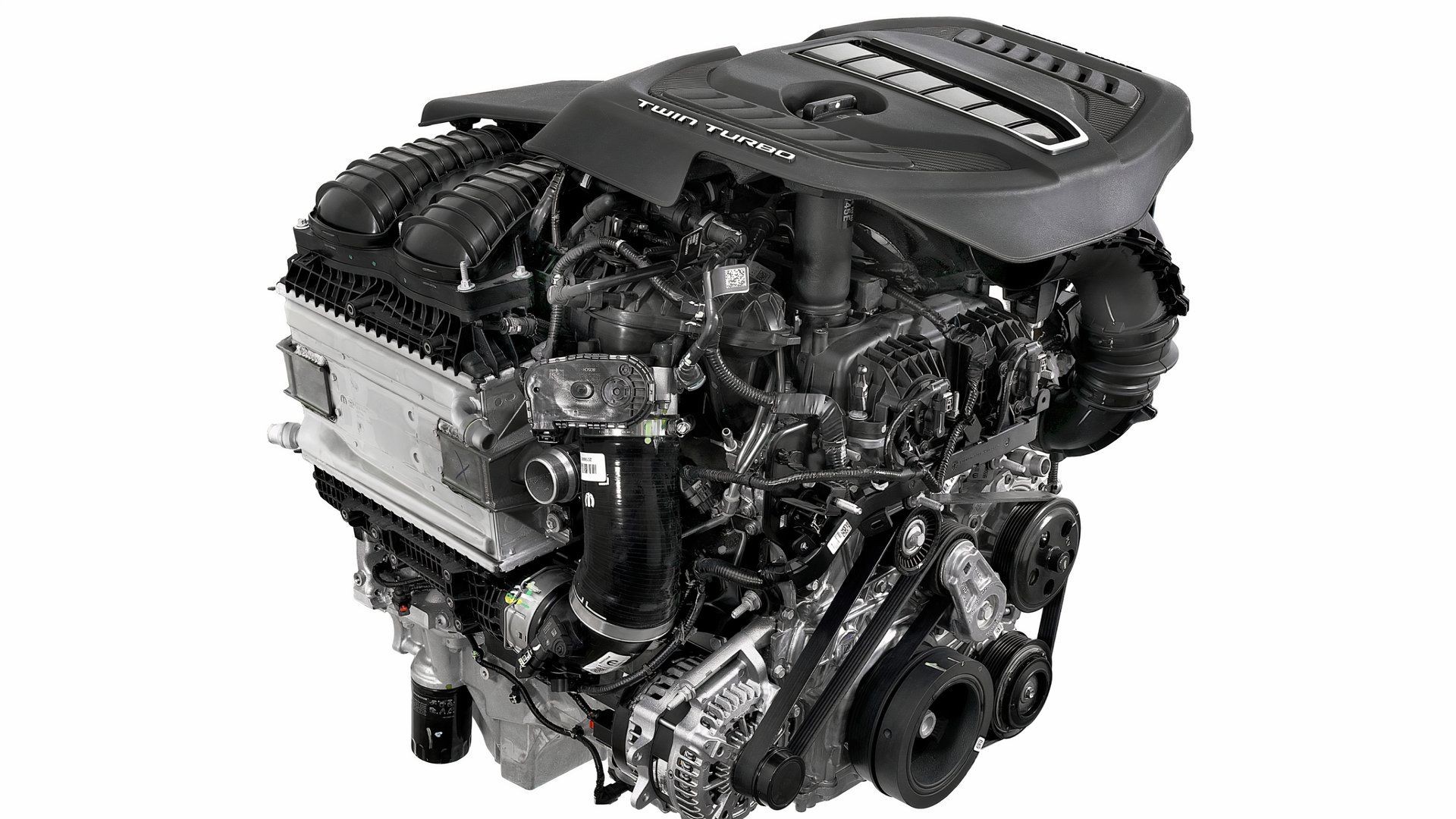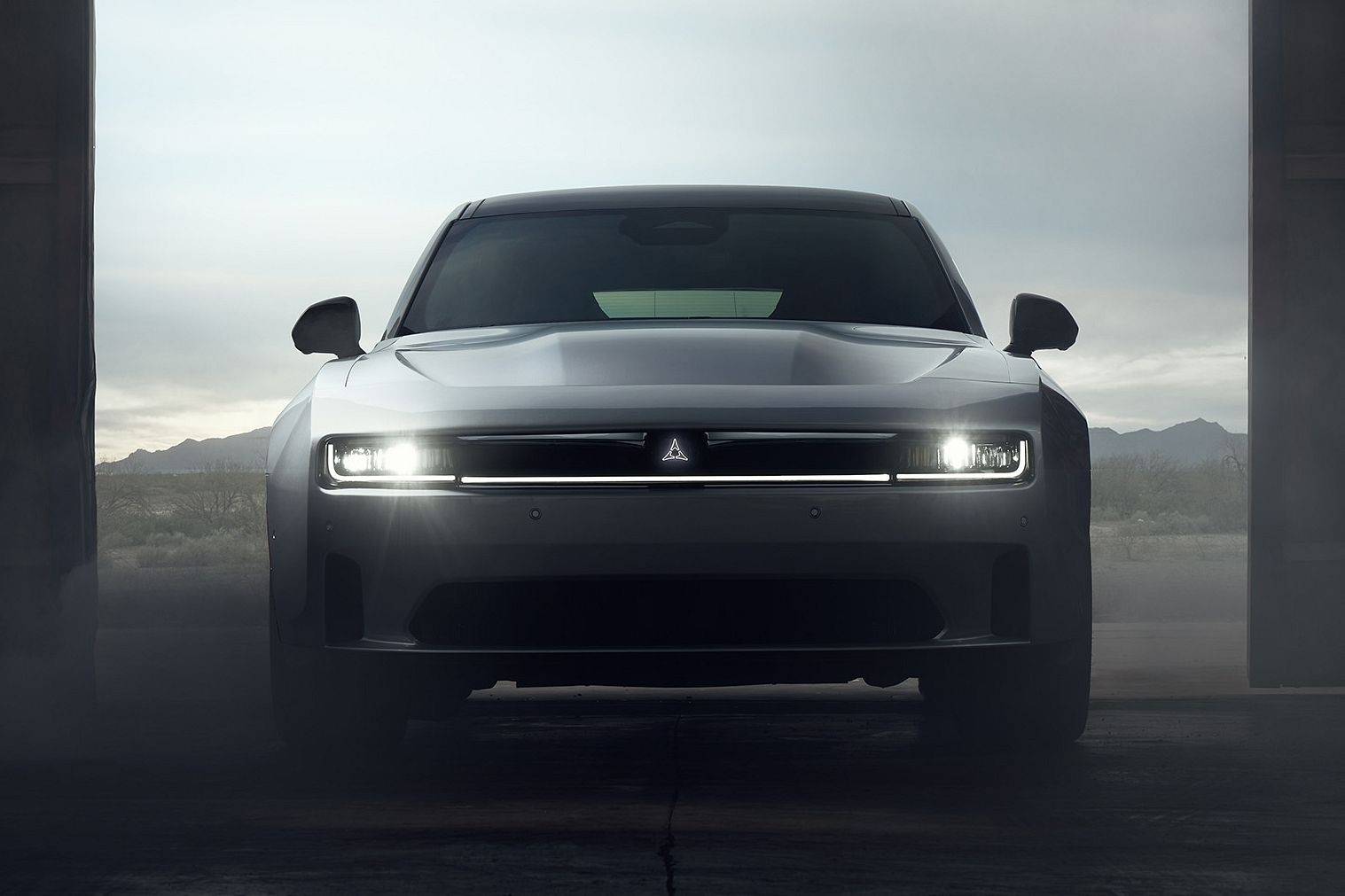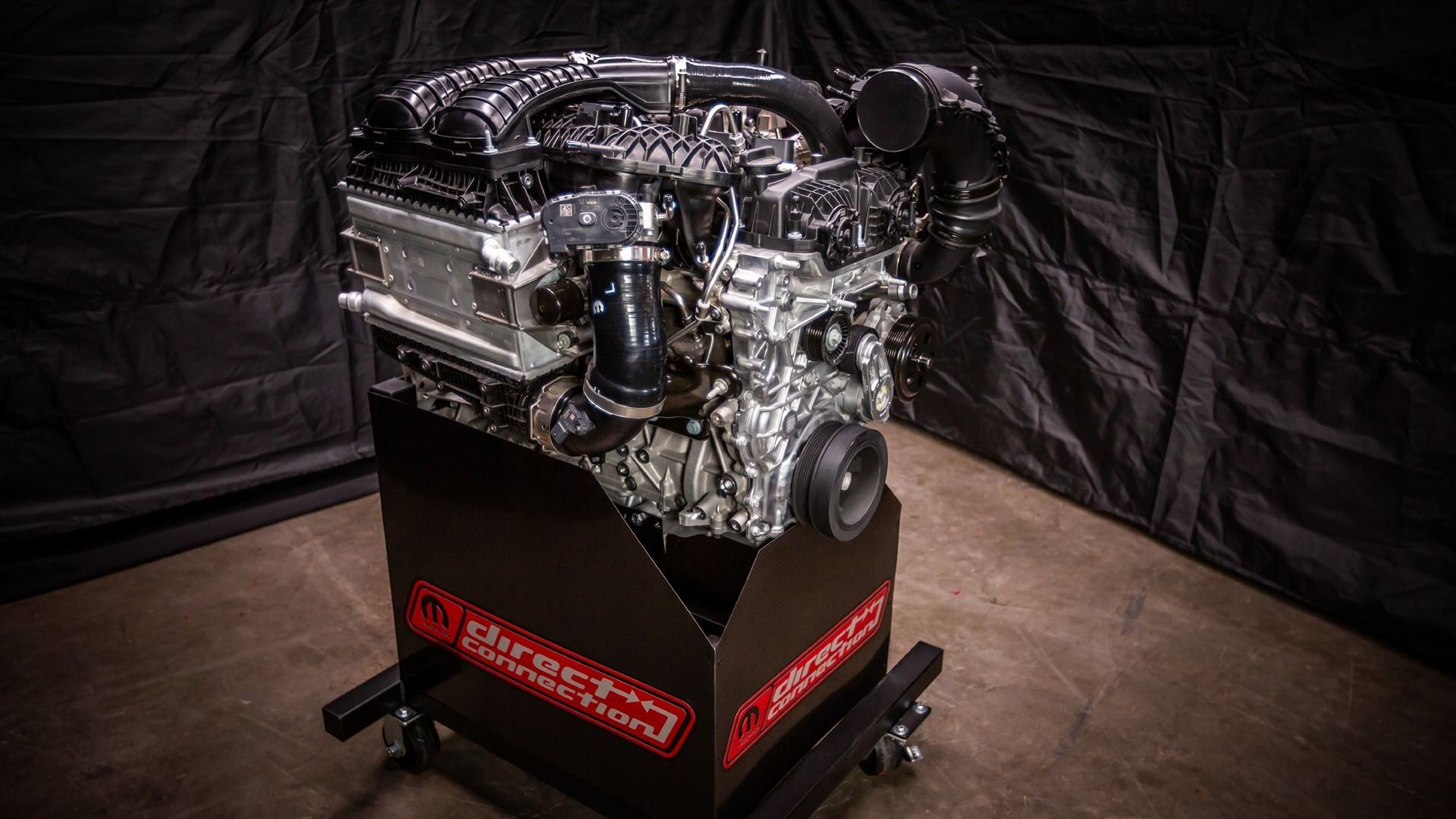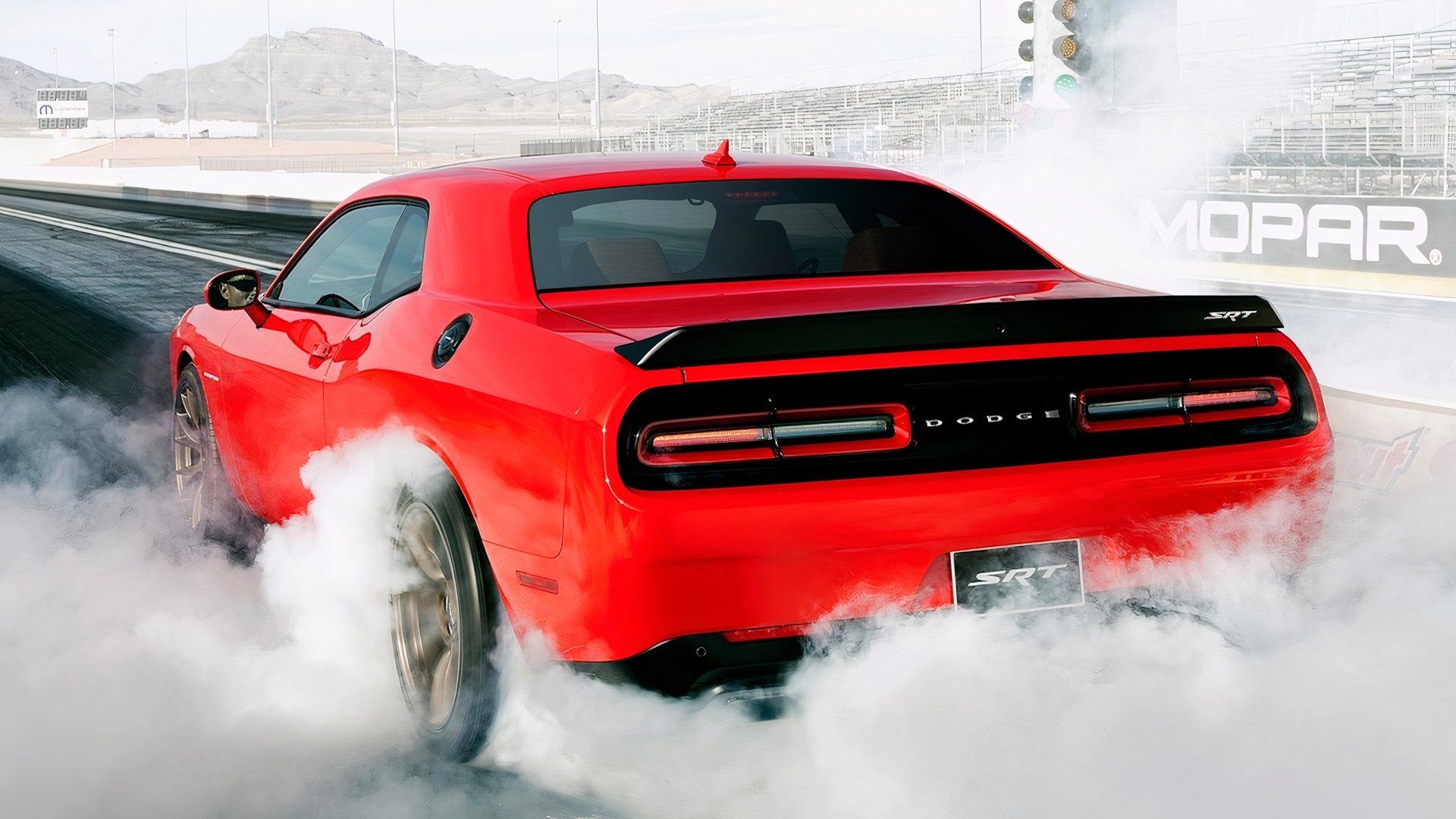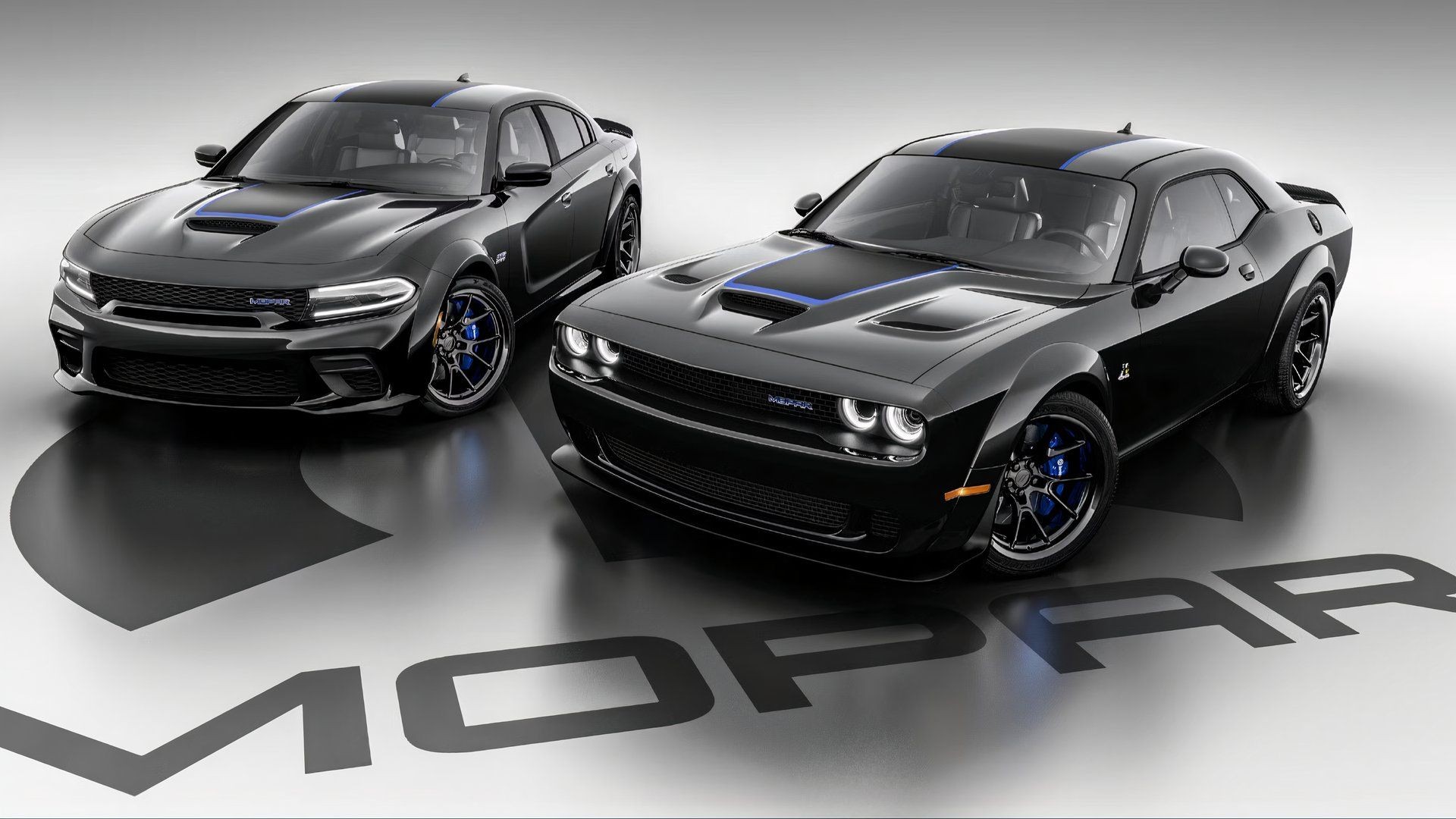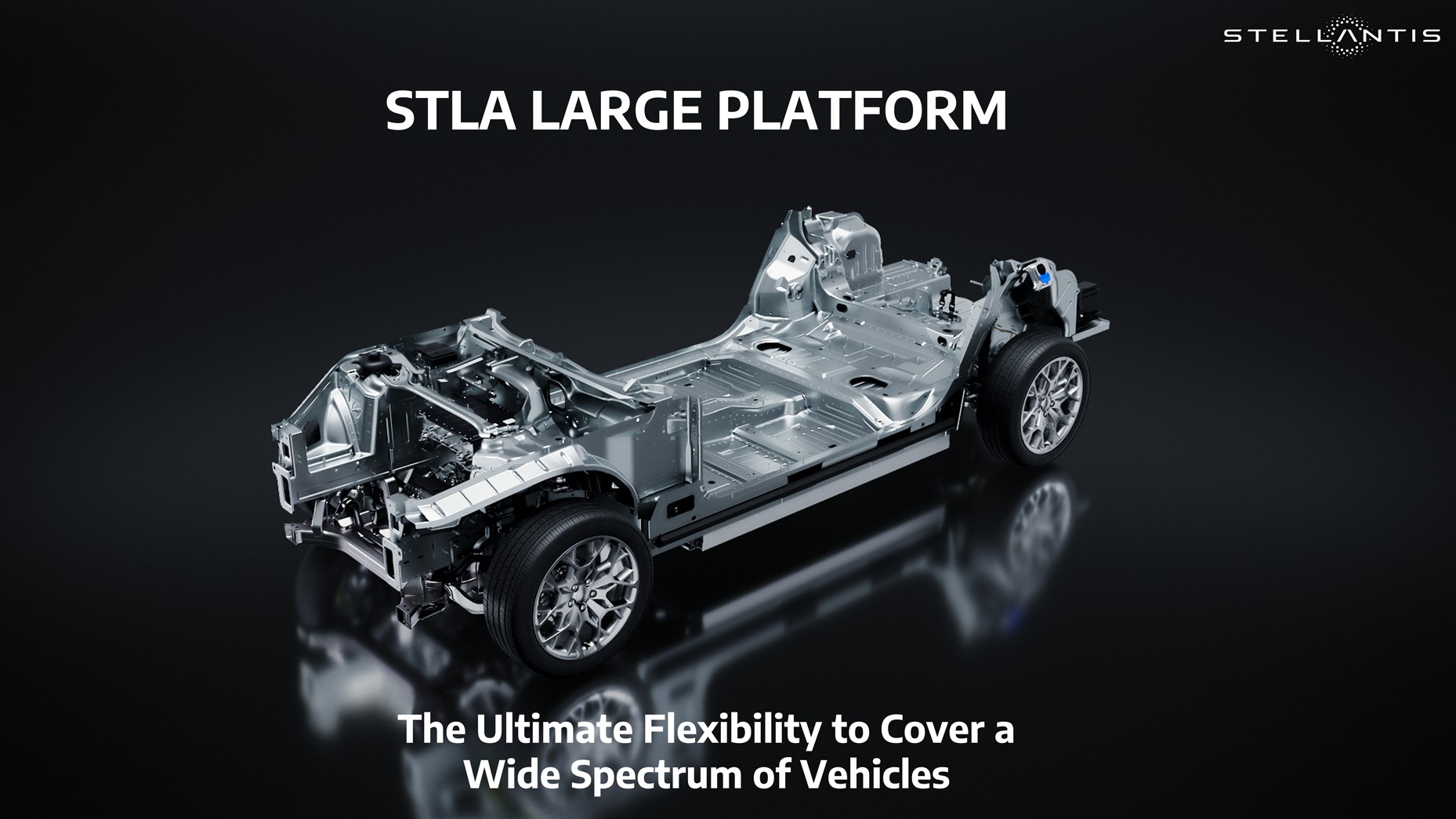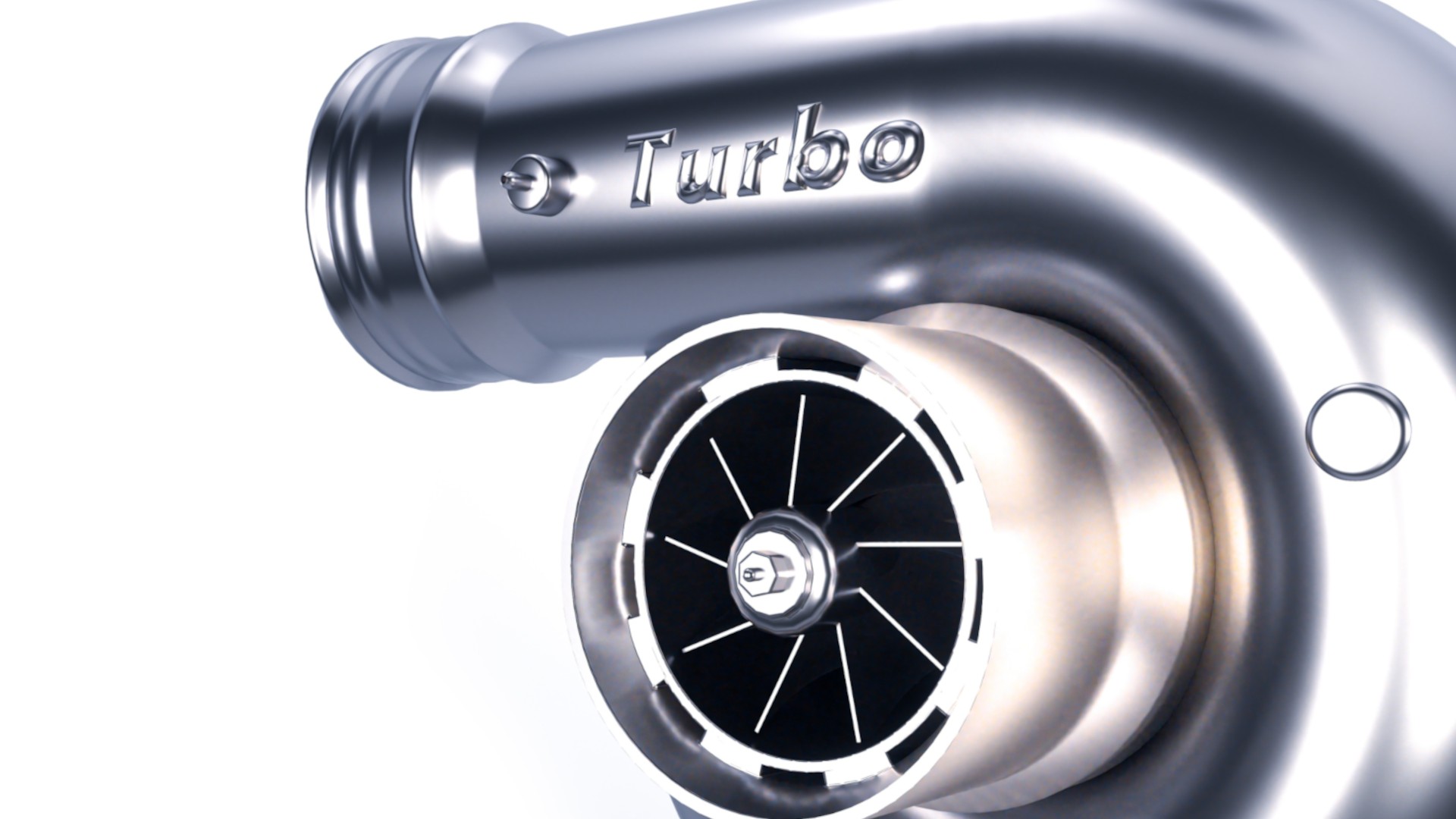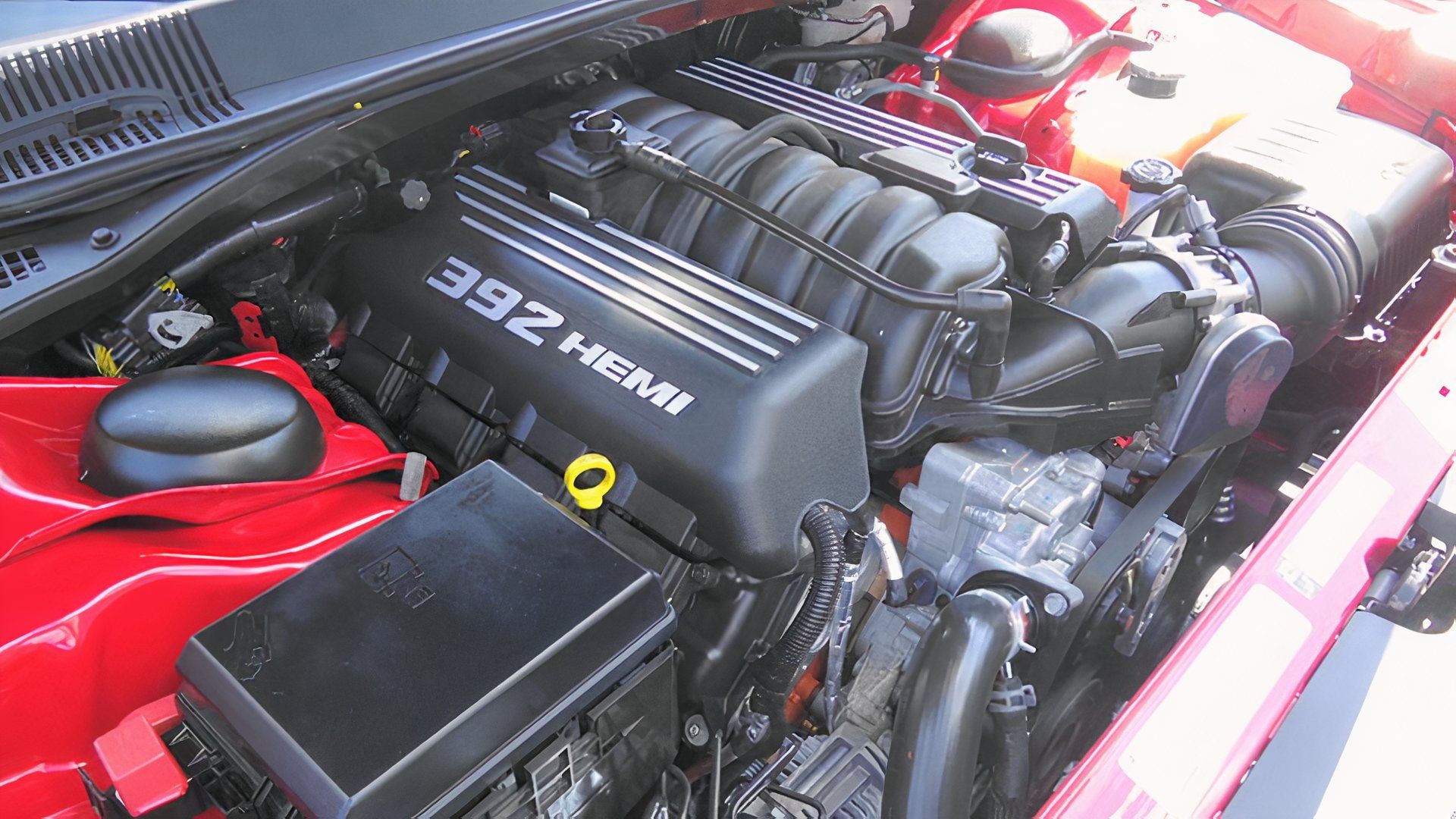Dodge has long been synonymous with American muscle, roaring V8 engines, and tire-shredding performance. For decades, the iconic Charger and Challenger models have cemented this image, making them legends in the automotive world. However, the landscape is shifting, and Dodge is evolving with it. The introduction of the all-electric Charger Daytona signaled a bold step into the future. Yet, for those who aren’t ready to completely abandon combustion, Dodge offers a compelling bridge: the gas-powered Dodge Charger 6 Pack.
While the electric Daytona points towards the future, the Charger 6 Pack honors Dodge’s heritage while embracing modern engine technology. This new model, powered by an inline-six engine instead of the traditional V8, has stirred both excitement and controversy among enthusiasts. Before it hits dealerships, let’s delve into ten crucial aspects you need to know about the Dodge Charger 6 Pack.
The Dodge Charger 6 Pack: Key Specs at a Glance
| Engine | 3.0-liter twin-turbo inline-six |
|---|---|
| Horsepower | 420 hp (Standard Output) | 550 hp (High Output) |
| Torque | 469 lb-ft (SO) | 521 lb-ft (HO) |
| Transmission | 8-speed automatic |
| Price | $40,000-$50,000 (est.) |
1. Two Potent Engine Options: Standard and High Output
The heart of the Dodge Charger 6 Pack is the Hurricane 3.0-liter twin-turbo inline-six engine, a powerhouse already proving its mettle in vehicles like the Jeep Wagoneer, Grand Wagoneer, and the revamped Ram 1500. Dodge is offering this engine in two distinct tunes for the Charger 6 Pack. The Standard Output version delivers a robust 420 horsepower and 469 lb-ft of torque, providing ample power for everyday driving and spirited performance. For those craving even more exhilaration, the High Output variant cranks up the figures to an impressive 550 horsepower and 521 lb-ft of torque. Notably, the four-door Charger 6 Pack sedan will be available with both engine options, while the two-door coupe will exclusively feature the High Output Hurricane, emphasizing its performance-focused nature.
2. Visually Aligned with its Electric Sibling
The design language of the Dodge Charger 6 Pack maintains a strong family resemblance to the all-electric Charger Daytona. While functional changes were necessary to accommodate the combustion engine, the overall aesthetic remains strikingly similar. Dodge has successfully created a cohesive design identity across both powertrain options, ensuring that the Charger lineage is instantly recognizable, regardless of what powers it.
The most significant visual divergence lies in the front fascia. The Charger Daytona EV pays homage to its namesake with a distinctive, aerodynamic R-Wing nose. In contrast, the Charger 6 Pack replaces the R-Wing with a traditional grille, a necessary adaptation for engine cooling and airflow. Despite this difference, the overall muscular stance and aggressive lines remain consistent, ensuring the Charger 6 Pack is unmistakably a Dodge muscle car.
3. Arriving Ahead of Schedule
Originally slated for a late 2025 debut, the Dodge Charger 6 Pack’s arrival has been accelerated, much to the delight of eager fans. Dodge is pushing to get the Charger 6 Pack into dealerships by next summer. Pilot production is already underway at Dodge’s Windsor, Ontario plant. This expedited timeline reflects a strategic industry shift, influenced by a cooling EV market and consumer hesitation towards full electrification. For Stellantis, facing current market headwinds, prioritizing gas-powered models like the Charger 6 Pack represents a prudent move to maintain market presence and cater to existing customer preferences.
4. The Engine is Already Available as a Crate
Enthusiasts and builders take note: the Hurricane engine powering the Dodge Charger 6 Pack is not just confined to factory installations. Dodge’s Direct Connection program offers the Hurricrate engine as a standalone crate engine, available in both Standard Output (Cat 1) and High Output (Cat 3) configurations. The Cat 1 Hurricrate is priced at $10,495, while the higher-performance Cat 3 commands $13,745. Furthermore, rumors are swirling about a potential “Cat X” variant, possibly unleashing a staggering 1,000 horsepower, hinting at the Hurricane engine’s immense performance ceiling and Dodge’s commitment to pushing boundaries.
5. Automatic Transmission Only – No Manual Option
While the Dodge Charger 6 Pack aims to uphold the engaging driving experience synonymous with the Charger name, it departs from tradition in one key area: transmission choice. An eight-speed automatic transmission will be the sole offering. Purists who lament the absence of a manual gearbox might be disappointed, especially considering the Challenger offered a manual option until 2023. As the Charger 6 Pack effectively replaces both the Charger and Challenger in Dodge’s lineup, the lack of a manual transmission marks the end of an era for stick-shift muscle car enthusiasts within the Dodge brand.
6. Burnout Button for Rear-Wheel Drive Thrills
Despite the automatic-only transmission, Dodge has engineered ways to inject driver engagement into the Charger 6 Pack experience. One such feature is the “burnout button.” While the Charger 6 Pack comes standard with all-wheel drive for enhanced traction and all-weather capability, the burnout button allows drivers to temporarily switch to rear-wheel drive on demand. This clever feature caters to both practicality and the playful spirit of a muscle car, enabling drivers to unleash rear-wheel-drive fun at their discretion.
7. Replacing Both Charger and Challenger in Dodge Lineup
The Dodge Charger 6 Pack occupies a unique position, effectively consolidating the roles of both the Charger and Challenger within Dodge’s revamped model range. This strategic move is facilitated by the Charger 6 Pack’s expanded body style offerings. Customers will have the choice of a two-door fastback coupe or a four-door sedan, encompassing the traditional market segments previously served by two distinct models. This versatility positions the Charger 6 Pack as the cornerstone of Dodge’s muscle car future, streamlining the lineup while broadening customer appeal.
8. Shared Platform with Global Brands
The Dodge Charger 6 Pack is built upon the all-new STLA Large platform, a cutting-edge architecture unveiled by Stellantis. While designed as a BEV-native platform primarily intended for electric vehicles, its inherent flexibility allows for adaptation to hybrid and combustion powertrains.
The STLA Large platform is not exclusive to Dodge; it will underpin models from other Stellantis brands, including Maserati, Alfa Romeo, and Chrysler. This shared platform approach enables economies of scale and technological synergy across the Stellantis portfolio. The platform’s versatility extends to engine mounting (longitudinal or transverse) and drivetrain configurations (front-wheel drive, rear-wheel drive, or all-wheel drive), making it a highly adaptable foundation for a wide spectrum of vehicle types.
9. Significant Upgrade Potential
For those inclined to personalize and enhance their vehicles, the Dodge Charger 6 Pack’s inline-six engine presents a compelling advantage: substantial upgrade potential. Turbocharged engines, by their nature, offer easier pathways to increased power compared to naturally aspirated V8s. Simple ECU software tuning or more involved hardware modifications, such as larger turbos, can unlock significant horsepower gains from the Hurricane engine. This inherent tunability appeals to enthusiasts who enjoy modifying their vehicles and extracting even greater performance.
10. Superior Low-End Torque Compared to its Predecessors
In a surprising twist that might challenge V8 loyalists, the Hurricane inline-six engine boasts superior low-end torque characteristics compared to the outgoing V8 engines that powered previous Charger models. Stellantis engineers prioritized low-end torque delivery during the Hurricane’s development, aiming for at least 90% of peak torque to be accessible from as low as 2,350 rpm. This focus translates to robust off-the-line acceleration and enhanced towing capability. The Dodge Charger 6 Pack, despite its engine configuration shift, promises to deliver strong performance across the rev range, potentially even surpassing its V8 predecessors in real-world driving scenarios.
Sources: Dodge/Stellantis.

